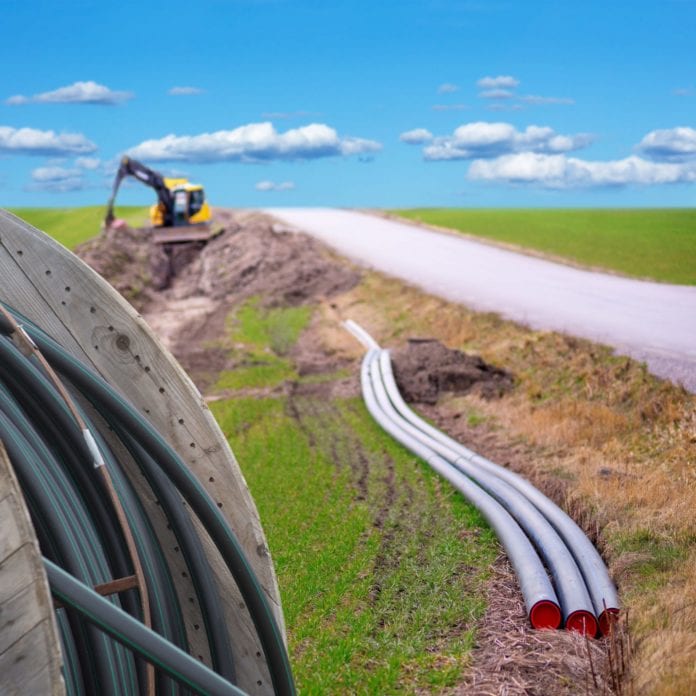Based on a national survey conducted between Jan. 25 and Feb. 8 of this year, the Pew Research Center found that approximately 7% of U.S. adults don’t use the internet. According to Pew, age is the biggest determinant of internet use with other major determining factor being level of education and household income.
According to the survey results, 25% of people 65 and older don’t use the internet. 14% of people with a high school education or lower level of attained don’t use the internet. People living in households with an annual income of less than $30,000 are “far more likely…to report not using the internet” than adults in households with an annual income of $75,000.
Writing in a blogpost for the World Economic Forum, Pew’s Andrew Perrin and Sara Atske note: “Despite some groups having persistently lower rates of internet adoption, the vast majority of Americans are now online, as ongoing government and social service programs encourage internet adoption in underserved areas. Over time, the nation’s offline population has been shrinking, and for some groups that change has been especially dramatic. For example, 86% of adults ages 65 and older did not go online in 2000; today that figure has fallen to just a quarter.”
Funding for rural broadband infrastructure deployment—generally couched in terms of closing the digital divide or addressing the homework gap—is a consummate priority for the federal government. The latest funding comes from the Rural Digital Opportunity Fund auction, which sets the stage for allocation of $9.23 billion in subsides to be paid out over the next decade.
The Rural Digital Opportunity Fund auction has wrapped up, setting the stage for $9.23 billion in subsidies to be doled out over the next decade in support of high-speed rural broadband deployment. There were 180 winning bidders in the RDOF auction, out of a field of nearly 400 qualified bidders. Those competitors bid for right to build out internet service with federal support in specific areas, and will receive yearly subsidies for ten years to do so. The Federal Communications Commission said that the $9.23 billion will be used in 49 states and one territory to connect nearly 5.3 million locations in 61,766 eligible census block groups.
Earlier this month, President Biden introduced a monumental $2.3 trillion infrastructure and jobs package that aims to reshape the American economy. The infrastructure plan is far reaching, and includes, among many other things, $174 billion for electric vehicles, $50 billion for semiconductor manufacturing and research and $100 billion to build high-speed broadband networks throughout the country. When it comes to the buildout of broadband networks, President Biden wants to lower the cost of connectivity and to make that connectivity universal for all Americans.
“We’ll make sure every single American has access to high quality affordable high-speed internet,” he said in Wednesday’s speech. “We’re going to drive down the price for families who have service now and make it easier for families who don’t have affordable service to be able to get it now.” The administration earmarked $20 billion of the total for broadband deployment.
Comparatively speaking, the connectivity is robust. According to the World Economic Forum, some 3.5 billion people globally don’t have reliable access to broadband. WEF in February announced the establishment of the is EDISON Alliance to “accelerate and foster unprecedented collaboration between the ICT community and other critical sectors of the economy” with an eye on “rapid digital development.”
As WEF Founder Klaus Schwab put it: “The time for gradual change toward digital access and adoption is over. we must highlight the critical nature of this challenge as foundational to so many others—and bring those who care about education, health, climate, equality and growth to also be champions in our mission to bring connectivity to all.”

